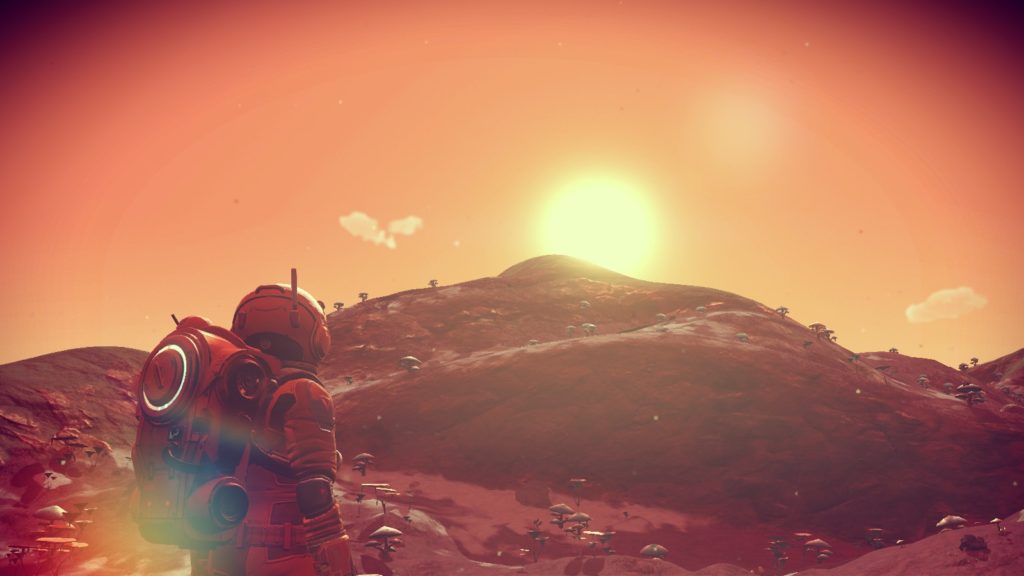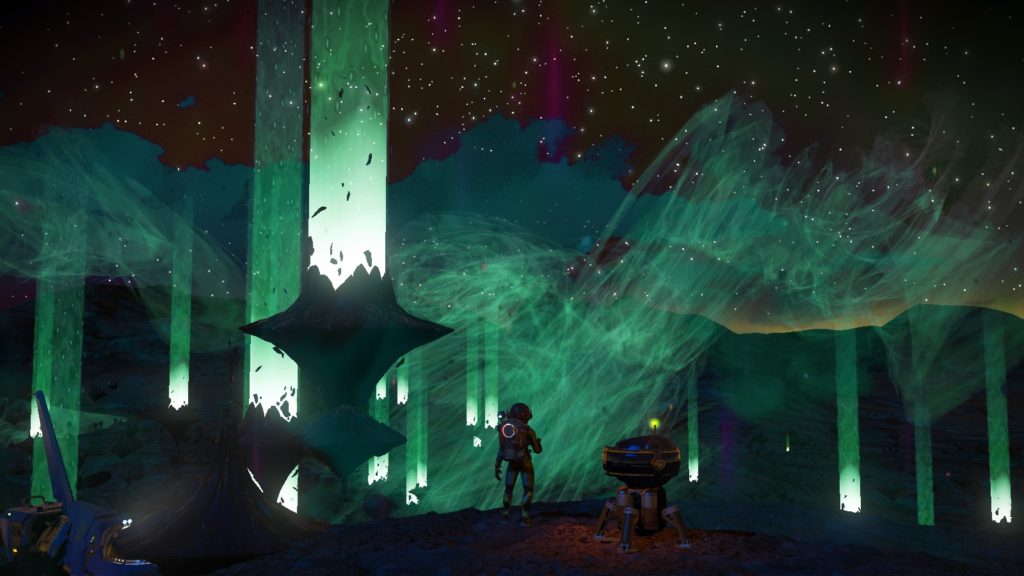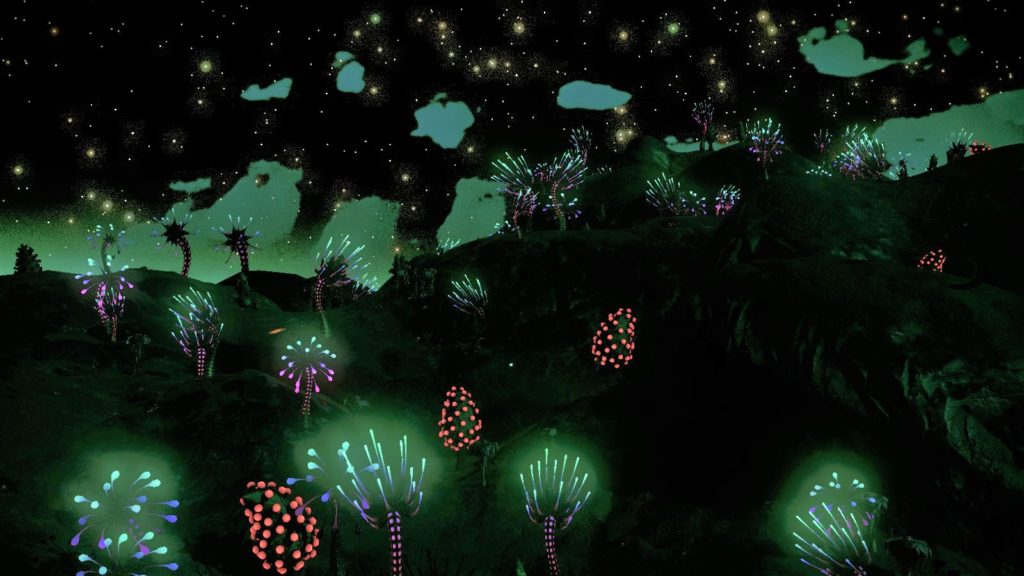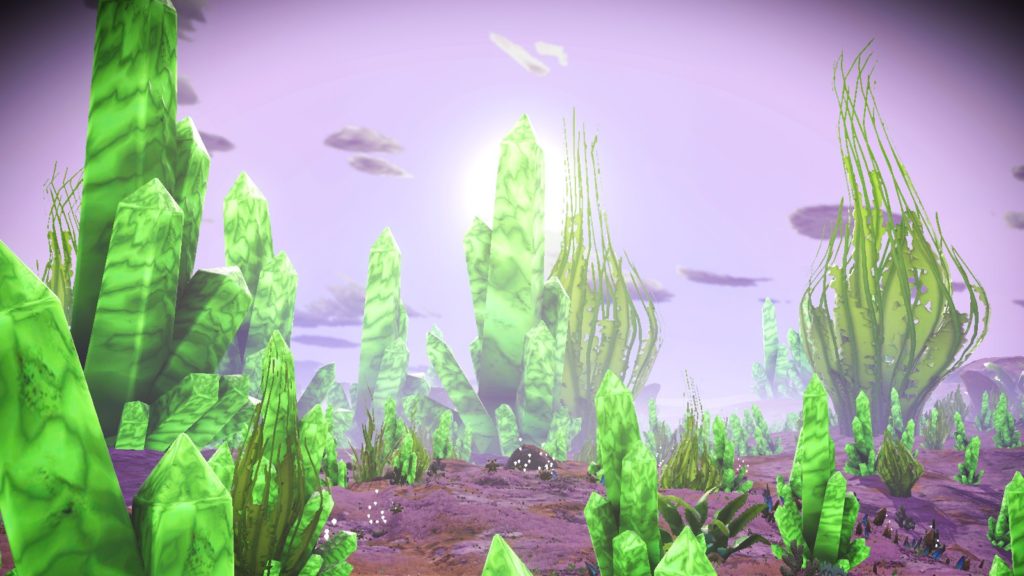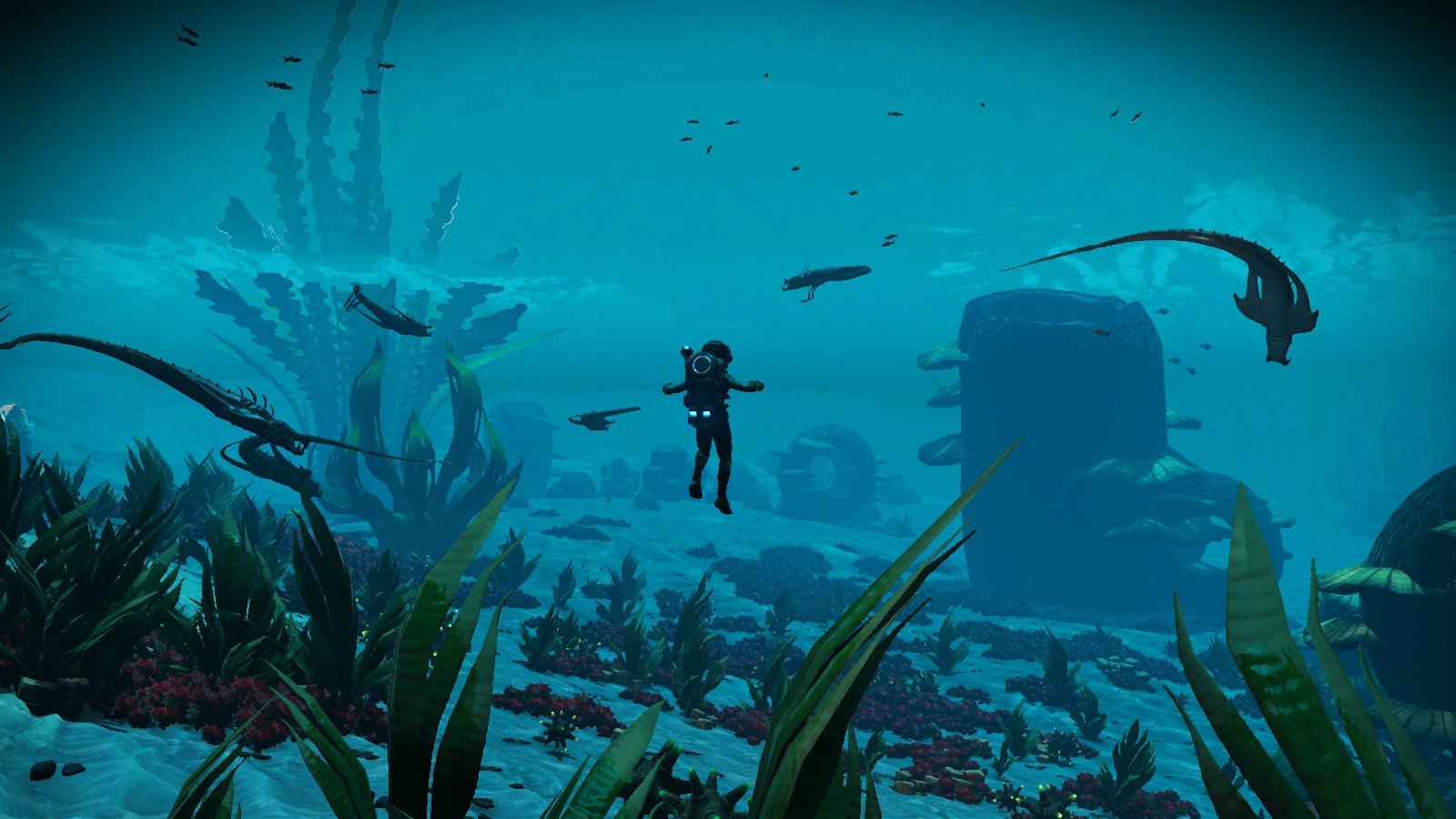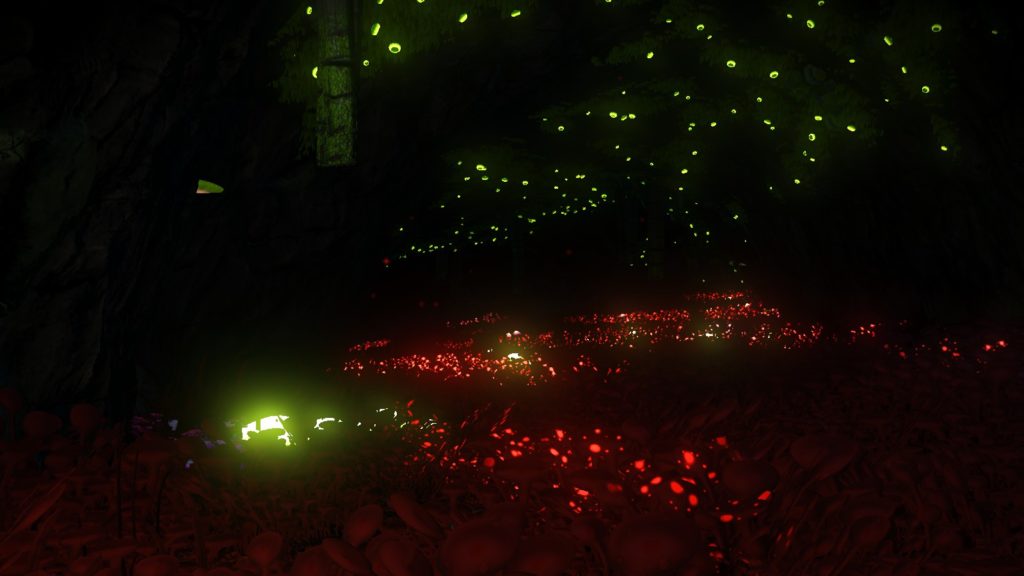Burn out or fade away?
That’s really the basic question of life, isn’t it? We push hard, burn bright and flare out, or we don’t push too hard and manage to make it to an old age. Sure, there are a few, a tiny fraction, that are outliers- like tossing a coin that somehow lands edge on and balances. But really, Death comes for us all – do we go out with a bang or a whisper?
Our answer doesn’t matter to the universe; each of us individually are insignificant on almost any scale. History won’t care either. At best we’ll be names on genealogical trees and maybe leave some traces on whatever the internet becomes – just little fleeting needles in the ever-increasing overwhelming haystacks of personal data, social media feeds, and YouTube comments. The past is gone. The future is ultimately not ours.
You see, what we _do_ have is the Now, and we own that wholly. No one else, no entity of any kind, has ever had this moment in which we now live. And no person and no thing in the future can have it. Nor can they take it away from us. It is only each of us, in our own moment, who have any control over it. It is only we who can experience the Now, we who grasp it, shape it, taste it.
This is the miracle of our existence. Our lives are a string of momentary miracles, each bit a truly unique snowflake like no other, in a context that has never happened before and will never ever happen again. We each experience those moments in a way no other person does, in ways that no other person can ever truly understand. Every moment is a secret that the cosmos has shared with us and us alone.
The cosmos has left us these gifts, and moved on uncaringly. We don’t matter to the universe. No god, no process, no principle assigns our lives meaning. And with that ultimately comes freedom. We create our experience, and our meaning, no matter what we do. To experience life at all means creating unique moments, utterly unique and impervious to entropy itself. We cannot in fail at life, in any way. Our lives literally cannot be meaningless.
And this allows us to be bold. Maybe not always in the worlds of practicalities and logistics, but in our thoughts and experiences if nowhere else. This allows us to shine in each moment and leave a trail of singular jewels that no other process in the universe could ever hope to replicate.
So, burn out or fade away?
Never.
Shine.
Shine on, you crazy diamond.


